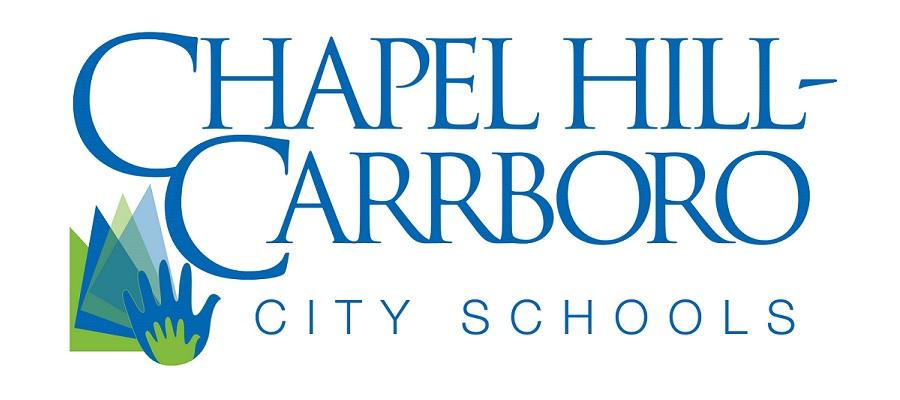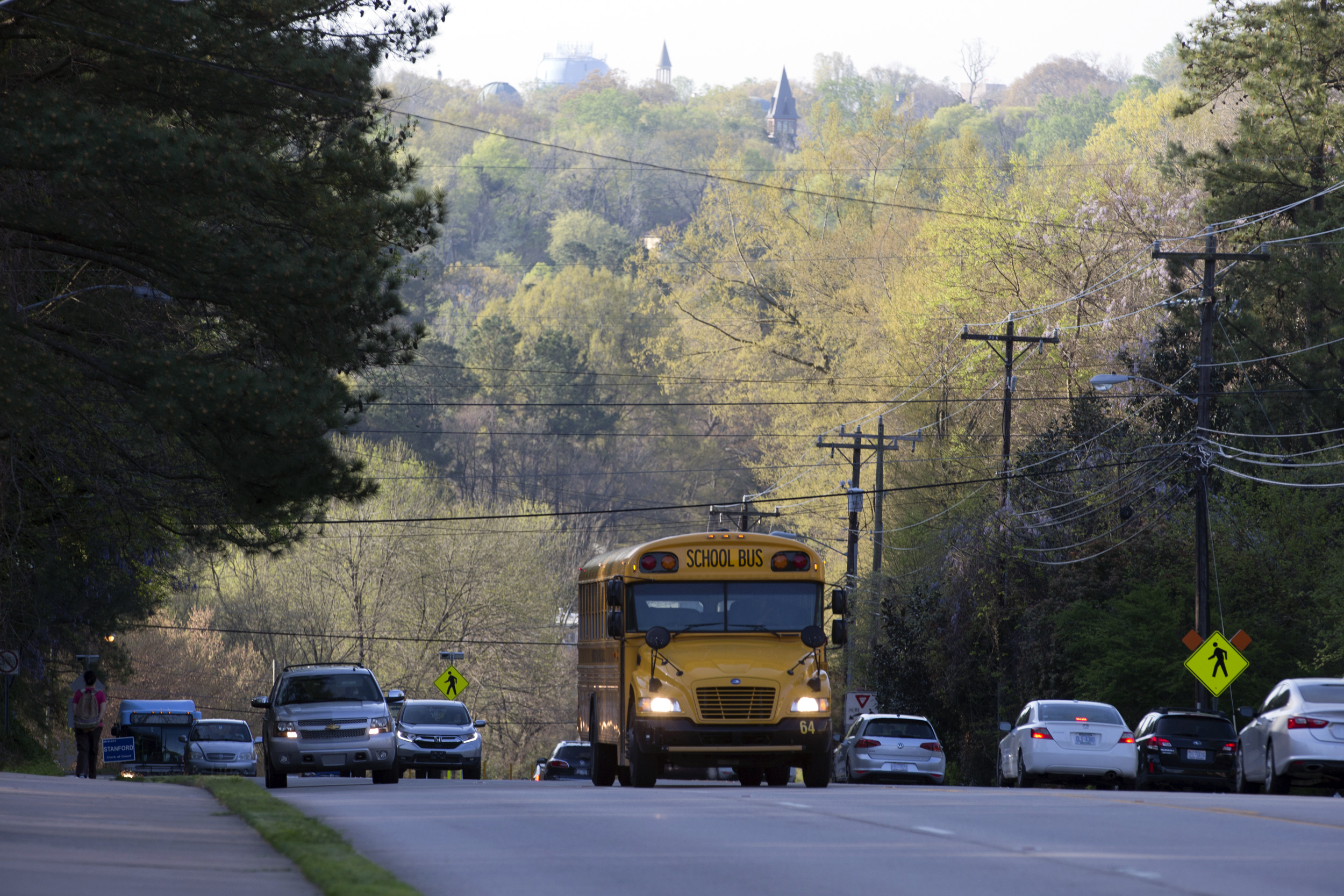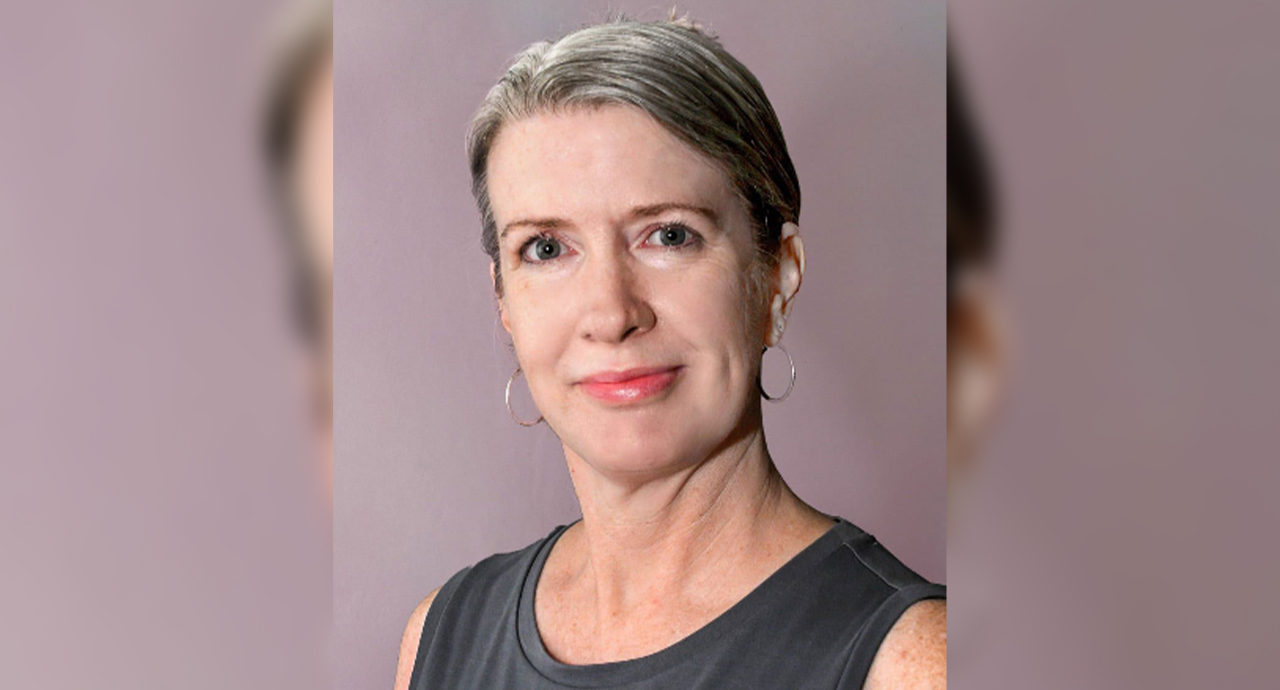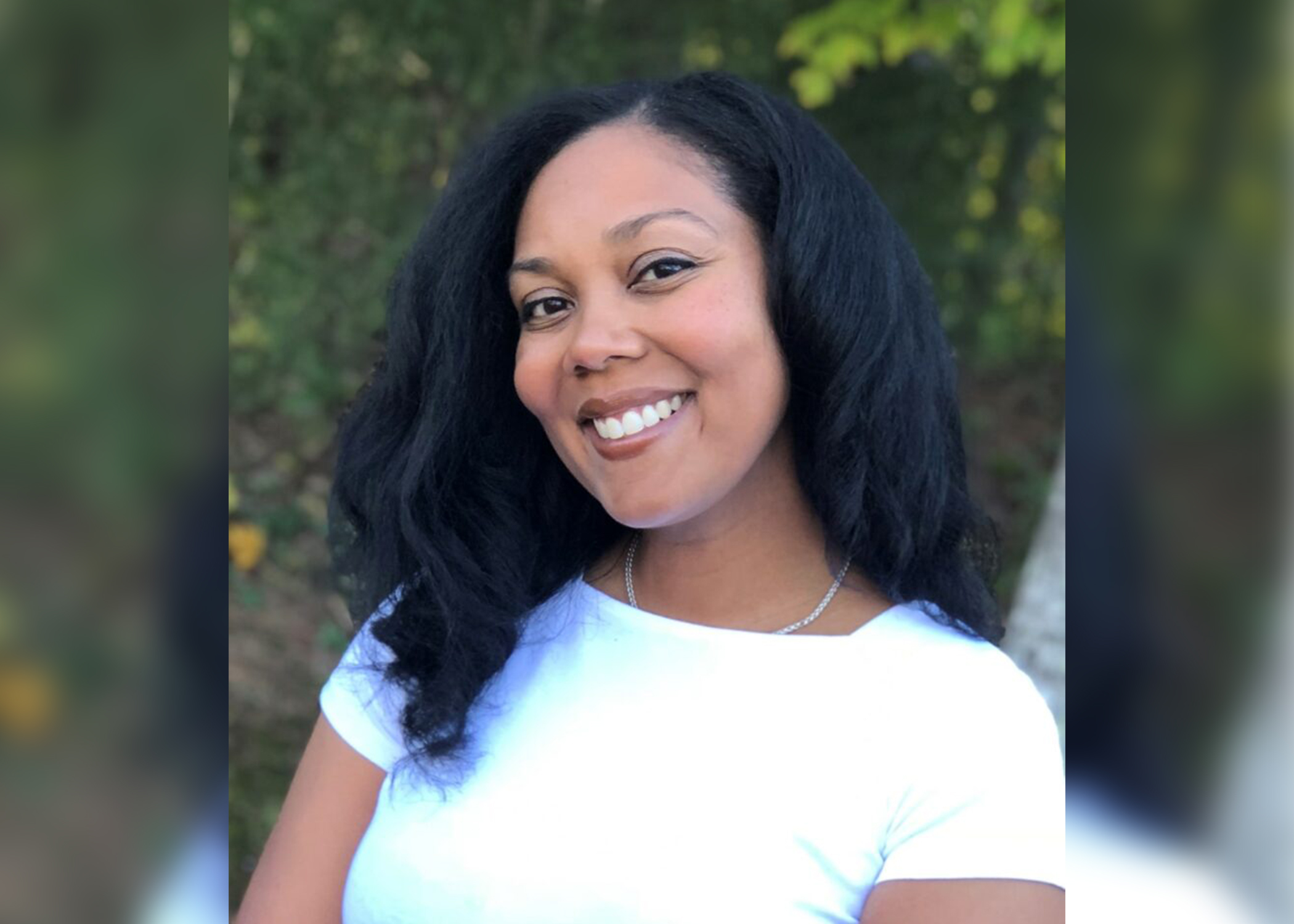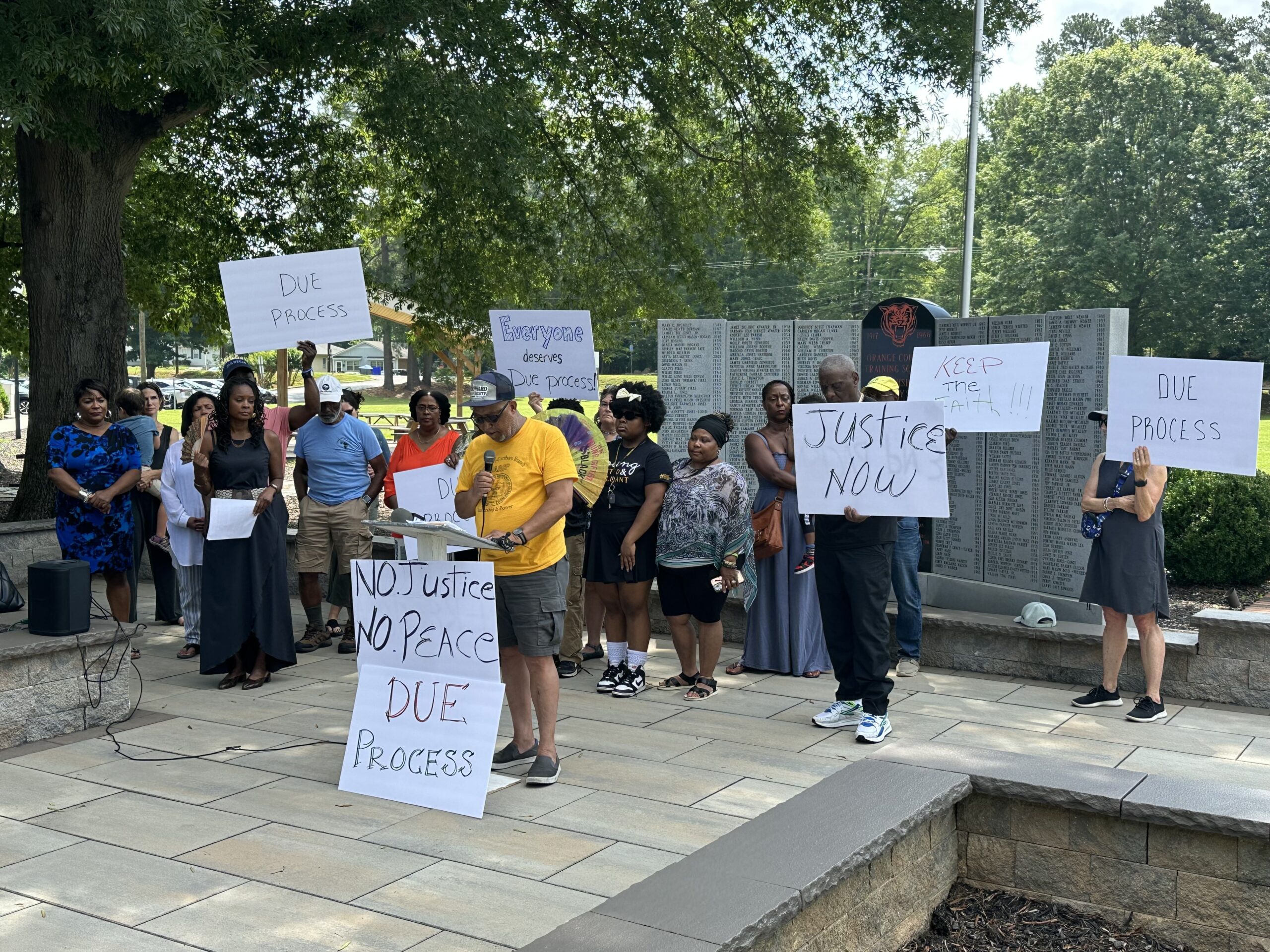For Chapel Hill-Carrboro City Schools, a new class schedule will soon go into effect for all of its high schools. The Board of Education recently heard an update on the implementation of the block schedule for the upcoming school year.
Starting in the fall, Chapel Hill High School, East Chapel Hill High School, and Carrboro High School will move away from their current seven-period class structure in favor of having four classes each semester.
The board voted on the schedule change last year as a way to align the schedules of the district’s four high schools, with the non-traditional Phoenix Academy High School currently operating on a 4×4 block.
At a May 15 meeting, administrative staff from each school shared how they have been preparing for the change. The district’s Executive Director of Curriculum & Instruction for Secondary Education and Academic Programming Bob Bales highlighted how its efforts are working to ensure a seamless transition for students.
“Everything that we talked about this time last year, some things have shifted, some things have went on perfectly,” Bales said. “Every day there’s something like ‘Hey we should try this, let’s do this,’ [and] getting feedback from students and teachers. I’m excited about the work that our team has done, I’m excited about the work that we’ll continue to do as we move forward.”
The new model includes 80-minute class periods, 40 minutes of daily “flex” time, and a standard lunch break. In April, East Chapel Hill High conducted a practice-run of the structure to gather initial feedback and identify improvement areas.
According to the school’s principal Jesse Casey, both teachers and students responded enthusiastically to the change. They reported how the block schedule’s longer class periods allowed for more engaging classes, with time for various activities for different learning types, like reading, writing, group work, videos, and projects.
“I had a couple students tell me that, specifically [in] science classes, they were able to do a lab that they really wouldn’t have been able to do [in shorter classes],” Casey said. “Because of the chemicals and how the lab works, you can’t do it in multiple days. You have to do it in one day.”
However, Casey said staff gave mixed feedback regarding the flex period, in which students can engage in independent work time, group activities, and other academic-related opportunities. He explained how having flex every day shortens the period’s daily duration, limiting time for making up work and tests.
Carrboro High currently utilizes flex time within its seven-period structure, and Bales said its students and teachers are “adamant” about expanding it to every day. Speaking on behalf of the school with Principal Helena Thomas absent, Bales explained how flex maximizes school time for Social-Emotional Learning and additional academic support.
“I could be a student that is extremely talented in my math class, but really struggling in my English class,” Bales said. “And I might get done with my math work and just sit there for 45 minutes because I’m done. If I had a little bit of that time I could devote to my English class, that’s what we’re doing. Taking that time and giving it back to the student to say ‘What do you need?’”
As part of the implementation strategy, Bales said staff from each high school visited neighboring districts to explore different ways to utilize flex time. He added how a key step over the summer will be to create a committee of school representatives to finalize what flex time will look like, shaped by student and teacher feedback. He also said the period might look different for each school and its needs.
“I anticipate a lot of it is just going to be us in the buildings next year getting that feedback on day one, day 20, day 98 to see what things feel [like],” Bales said. “What is stressful and not stressful, and we are in all the schools to get a pulse where that all is.”
With the schedules aligned, the new structure also aims to promote inter-campus learning between the schools and Durham Technical Community College. But board member Meredith Ballew expressed a concern for how cross-enrolled students will travel to the other schools for in-person classes.
Bales said the district is currently discussing transportation options, which will depend on the number of students enrolled in those classes. He added how as participation in cross-enrollment continues to grow in the next years, he expects transportation options will too.
Come fall, Chief Equity & Engagement Officer Rodney Trice said the district will work to develop a comprehensive evaluation plan to continue troubleshooting the block schedule in real time, as many board members stressed the importance of staff feedback as the schools adjust to the new structure.
“When you mention feedback loops, such as student surveys, staff surveys, identifying the needs that we have a district overtime, and I’m not just talking about next year, but really over the next three or four years as we do deep implementation, [CHCCS Executive Director of Assessment and Research] Diane Villwock and I have been working pretty hard what that will begin to look like.”
Learn more about the block schedule implementation here.
To watch the full board meeting, click here.
Featured photo via the Chapel Hill-Carrboro City Schools district.
Chapelboro.com does not charge subscription fees, and you can directly support our efforts in local journalism here. Want more of what you see on Chapelboro? Let us bring free local news and community information to you by signing up for our newsletter.



